As healthcare organizations like Lahey move to EHRs, they are also transitioning to a value-based reimbursement and consumerization-of-care delivery model. The consumerization of care requires access to as much relevant patient information as possible so the right clinical decisions can be made at the point of care, which often occurs outside the walls of traditional physician’s offices and exam rooms. The presence of patient data in a variety of legacy systems makes it difficult to give clinicians a complete view of the patient’s overall health.
Meeting the challenges of legacy systems
Moving to Epic while maintaining legacy systems presented Lahey with clinical and IT challenges. “We had a significant amount of unstructured legacy data that could not be practically converted to our new Epic EHR system,” said Lore Chapman, vice president and chief enterprise architect for Lahey Health. “We needed this data somewhere it would be accessible to our clinicians in an efficient manner, taking advantage of user and patient context.” That “somewhere” became the joint solution developed by Lahey and OpenText™ Documentum using the OpenText™ InfoArchive solution.
Creating the clinical archive
“We found a willing partner who could help us bring to fruition our idea for where to put all the data that wouldn’t be migrated to Epic,” noted Reis. “Documentum seemed like a tool that could be adapted to this use case. So, we joined forces and Clinical Archiving was born.”
A major step in the process: deciding what would be moved to Epic and what would live in the archive. Lahey started with Epic’s recommendation on which data to migrate to the new EHR. It also enlisted its own clinical and governance experts. “We wanted to minimize how often the provider had to look in the archive,” said Tonya Hongsermeier, MD, Chief Medical information Officer for Lahey. “So, we used the 80/20 rule. Eighty percent of what a clinician would normally need to see would live in Epic. The other 20 percent would be in the archive. As much as possible, we wanted to eliminate spelunking for information.” Lahey also created snapshot views of all the discrete data that resided in each of the original legacy EHRs. The data lives in the archive and the snapshots are generated at run time.
“We were converting data from a variety of systems into Epic,” added Chapman. “And we didn’t want to force clinicians to hunt through all the different source systems to find what they needed. So, Clinical Archiving gave them a central repository to look into.”
Clinical Archiving used a vendor-neutral XML format, which enabled Lahey to retain information from legacy systems in a single, costeffective, compliant archive. For clinicians, the solution makes archived information available at the point of care without leaving the EHR. For health information technology (HIT) managers, Clinical Archiving assures compliance via immutable data, security, encryption and audit trails in a non-proprietary, application-independent format.
Enhancing clinical decision support
Patient information from legacy systems has always had value, but it is often spread across disparate systems with no common format to make it usable. As the industry starts to recognize using the right technology can overcome that hurdle, clinicians can use legacy information as a tool to enhance the quality of care and improve outcomes.
Integrating Epic with the archive created by Lahey and OpenText has made a significant contribution to improving clinical decision support. It eliminates the need for providers to exit Epic, open another application and hunt for a patient’s history in some other system. “When you’re trying to take care of patients, you really need to have all the information available,” said Hongsermeier. “And while we migrated a lot of data into Epic, it would have been a huge step backwards to lose access to so much historical data.” Reis pointed out, “For the first time, we are able to put a lot of information about our patients right in front of the provider. Now they can make better, more longitudinally-based decisions by consulting a deeper set of data in a seamless, contextappropriate manner.”
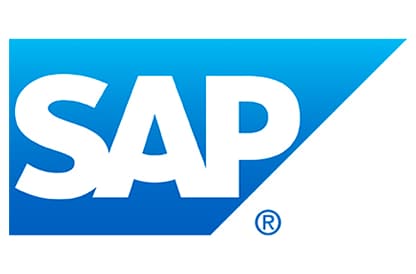

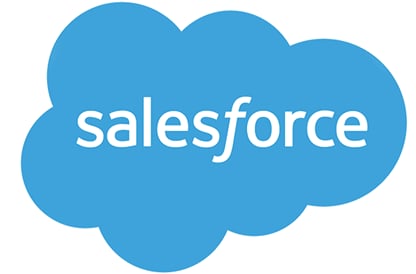

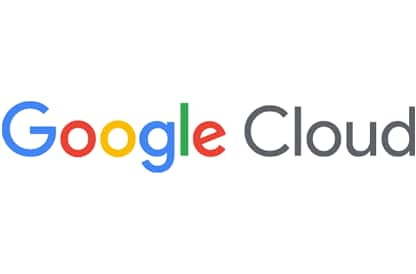
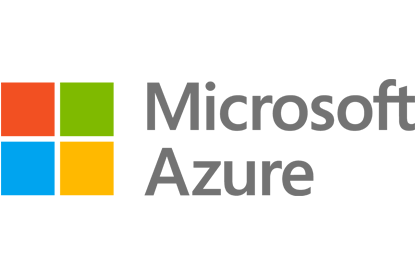
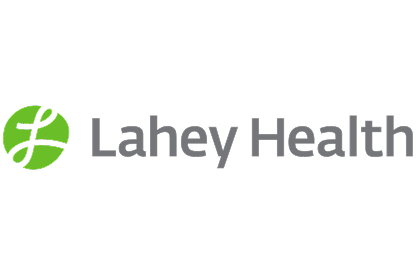 Lahey Health
Lahey Health


